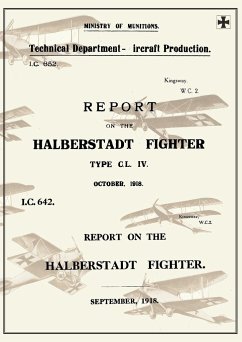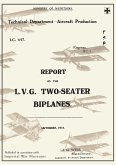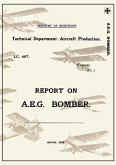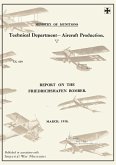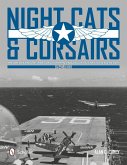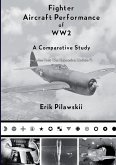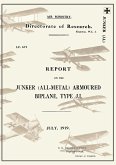The CL.IV was one of the most effective ground attack aircraft of World War I, relying on its good maneuverability to avoid ground fire. It appeared on the Western Front towards the end of the German offensives in 1918. Karl Thies, chief designer of the Halberstädter Flugzeugwerke, G.m.b.H., designed the CL.IV as a replacement for the CL.II, which was very successful in harassing Allied troops. Purpose of an improved version was to create a superior ground attack aircraft.The new CL.IV featured a shorter, strengthened fuselage and a horizontal stabilizer of greater span and higher aspect ratio than that of the CL.II. These changes, along with a one-piece, horn-balanced elevator, gave the CL.IV much greater maneuverability than the CL.II. After tests were completed of the prototype in April 1918, at least 450 were ordered from Halberstadt, and an additional 250 aircraft from a subcontractor, LFG (Roland).As with the CL.II, the CL.IV was powered by a single 160 hp (120 kW), 6 cylinder in-line, watercooled Mercedes aircraft engine. The aircraft was armed with a fixed forward-firing 0.312 in (7.92 mm) LMG 08/15 "Spandau" synchronized machine gun, and a single trainable 0.312 in (7.92 mm) "Parabellum" MG14 machine gun, on a ring mount in the observer's cockpit.
Hinweis: Dieser Artikel kann nur an eine deutsche Lieferadresse ausgeliefert werden.
Hinweis: Dieser Artikel kann nur an eine deutsche Lieferadresse ausgeliefert werden.

